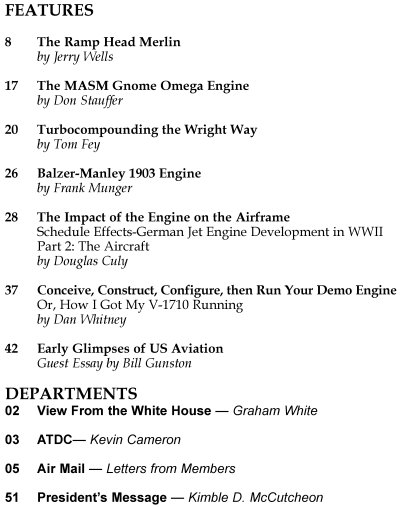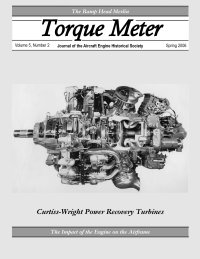
Torque Meter
Spring 2006 Issue
 |
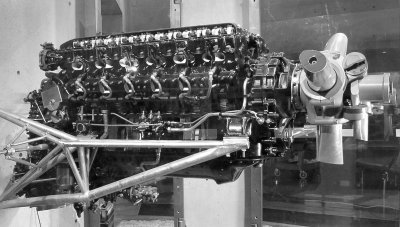 |
The Ramp-Head Merlin Sometime in the latter half of 1933, George Albert Elliott, Rolls-Royce Chief Engineer, informed the PV-12 development team of his decision to change the engine’s cylinder heads to the ramp type. This announcement would have been greeted with astonishment, amazement and probably, dismay by the engineers involved. They already had major problems to contend with and the introduction of an untried, untested modification to a brand new engine had the potential to add significantly to their woes. |
 |
 |
 |
 |
 |
 |
 |
 |
 |
 |
 |
 |
 |
 |
 |
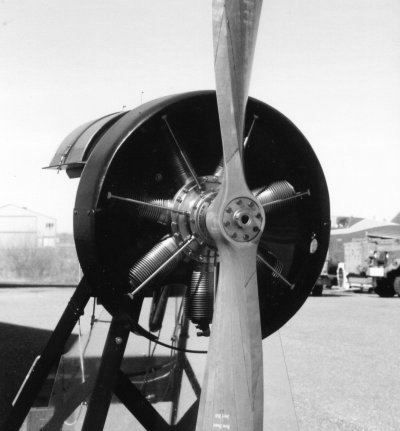 |
The MASM Gnome Omega Engine Early in the 20th century James Shannon Stephens and his engineer son Ralph became interested in designing an aircraft, a common interest of engineers in the first decade of the century. They subsequently designed the Steco (Stephens Engineering Company) aircraft which has been variously described as a hydroaeroplane or Aerohydroplane. Stephens was granted a patent on his aircraft and its design inventions in 1915. As with many aircraft designs of the era, the designer tried unique control systems to get around the Wright patents. Also, the science of aircraft stability and control was poorly known at the time, and while we have no detailed data from the flight tests, we can surmise that the Steco was a handfull to handle. Like many early aircraft, the plane was set up to be neutrally stable in both pitch and yaw. The aircraft and its Gnome Omega engine have been restored by the Minnesota Air & Space Museum. |
|
Aero Engine Drawings by Frank Munger |
|
The Impact of the Engine on the Airframe Aircraft engine development requires more time than does airframe development, usually about 60 percent more. This truism is sometimes forgotten in the desire to achieve program goals. Perhaps the most dramatic example of the consequence of such forgetfulness occurred in Germany in World War II when the jet engine not-so-quietly arrived on the scene. Part 1 of this series discussed German jet engine development during WWII. Part 2 covers the manned turbojet-powered aircraft that actually flew in Germany before WWII ended. Jet aircraft that flew in wartime Germany used first-generation engines, and many aircraft were on the drawing boards using second-generation engines such as the He 011, BMW 018, BMW 028, Jumo 012, Jumo 022, and ramjet engines. |
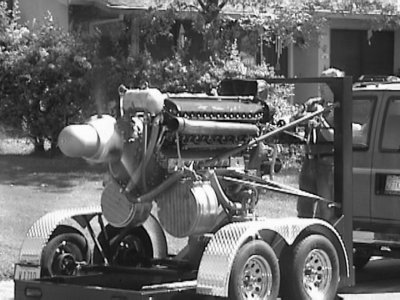 |
Conceive, Construct, Configure, then Run Your Demo Engine Most of us have a favorite engine, one that we have always wanted to get "close and personal" with. In many cases such engines are only operable in rare and expensive Warbirds, airplanes whose owners will not willingly let just anyone into the cockpit, let alone operate the engine. This is where the committed enthusiast will look for an alternative, for me that meant one that was affordable and restorable. Those of us who are running and demonstrating old aircraft engines are often asked, sometimes incredulously, "Why?", others want to know "How?", and some others say, "I’ve always wanted to run one of these things.". This article intends to give the reader some insights as to how I got my V-1710 up and running, along with some of the lessons learned.
|
